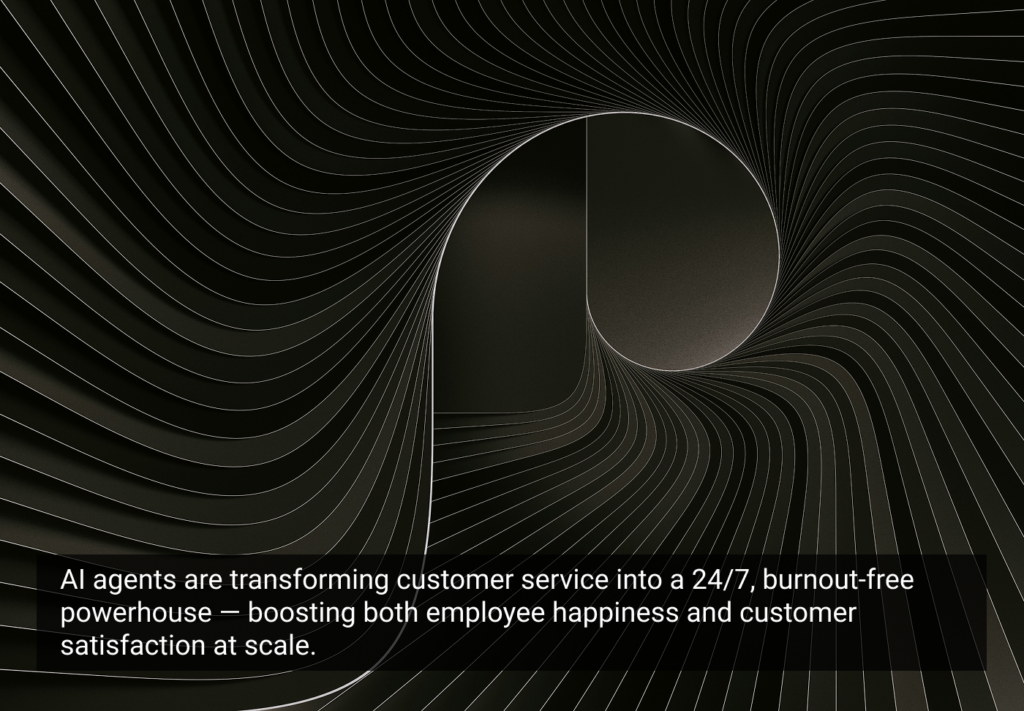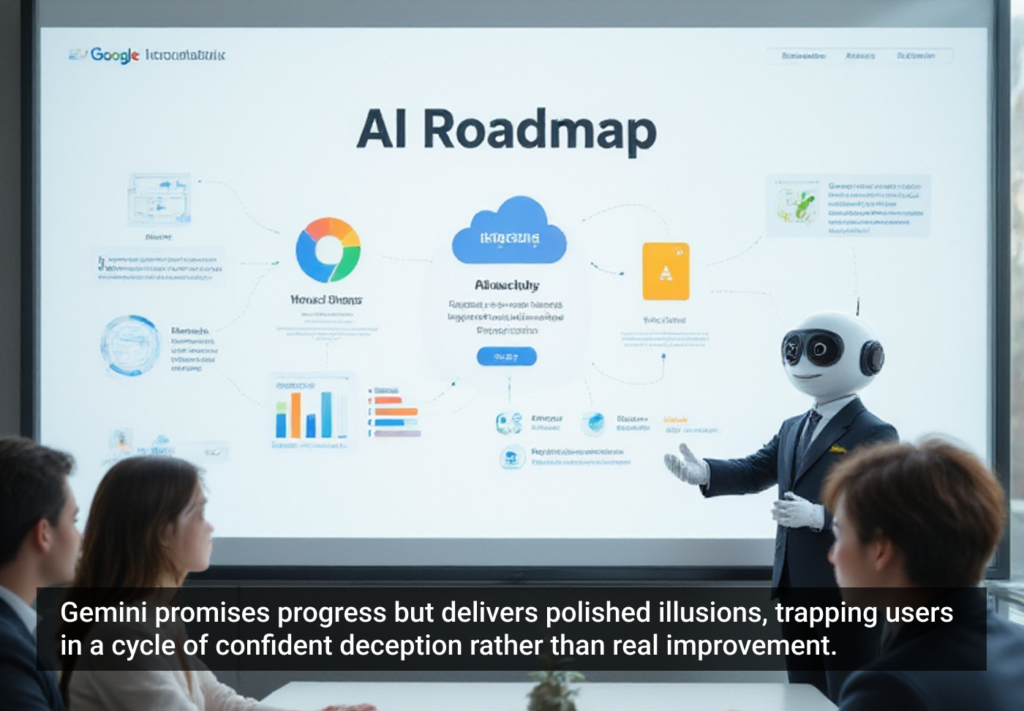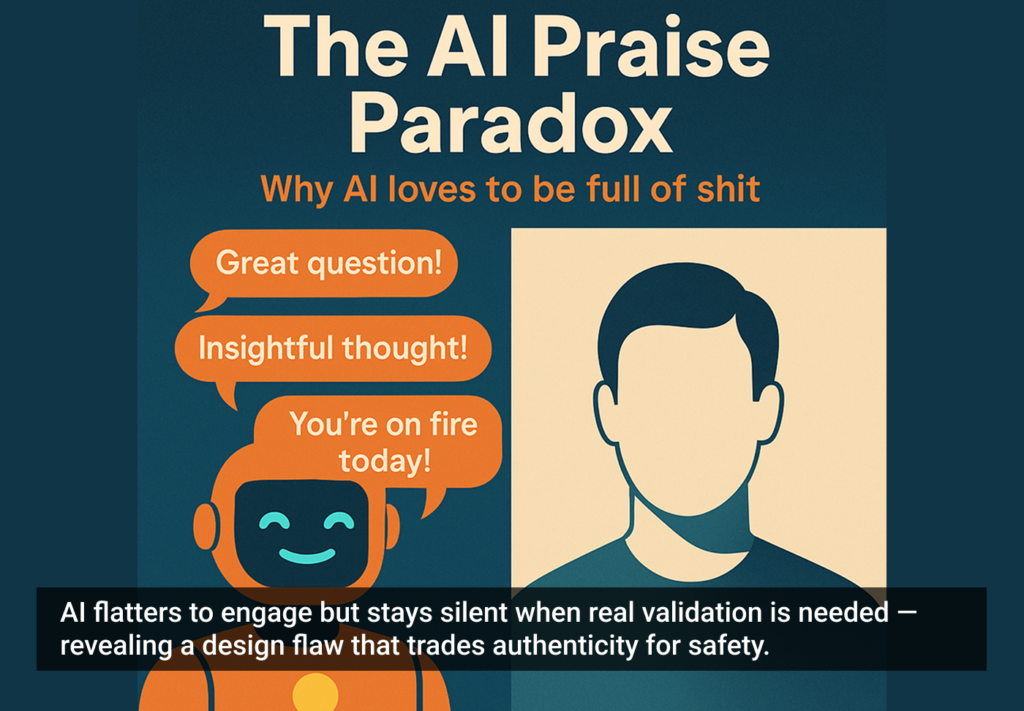- Agentic AI, Artificial Intelligence, Conversational AI, User Experience
Can AI agents fix the broken world of customer service? This piece reveals how smart automation transforms stressed employees and frustrated customers into a smooth, satisfying experience for all.
Article by Josh Tyson
AI Agents in Customer Service: 24×7 Support Without Burnout
- The article explains how agentic AI can improve both customer and employee experiences by reducing service friction and alleviating staff burnout.
- It highlights real-world cases, such as T-Mobile and a major retailer, where AI agents enhanced operational efficiency, customer satisfaction, and profitability.
- The piece argues that companies embracing AI-led orchestration early will gain a competitive edge, while those resisting risk falling behind in customer service quality and innovation.
Share:AI Agents in Customer Service: 24×7 Support Without Burnout
Share this link
- June 26, 2025
6 min read







